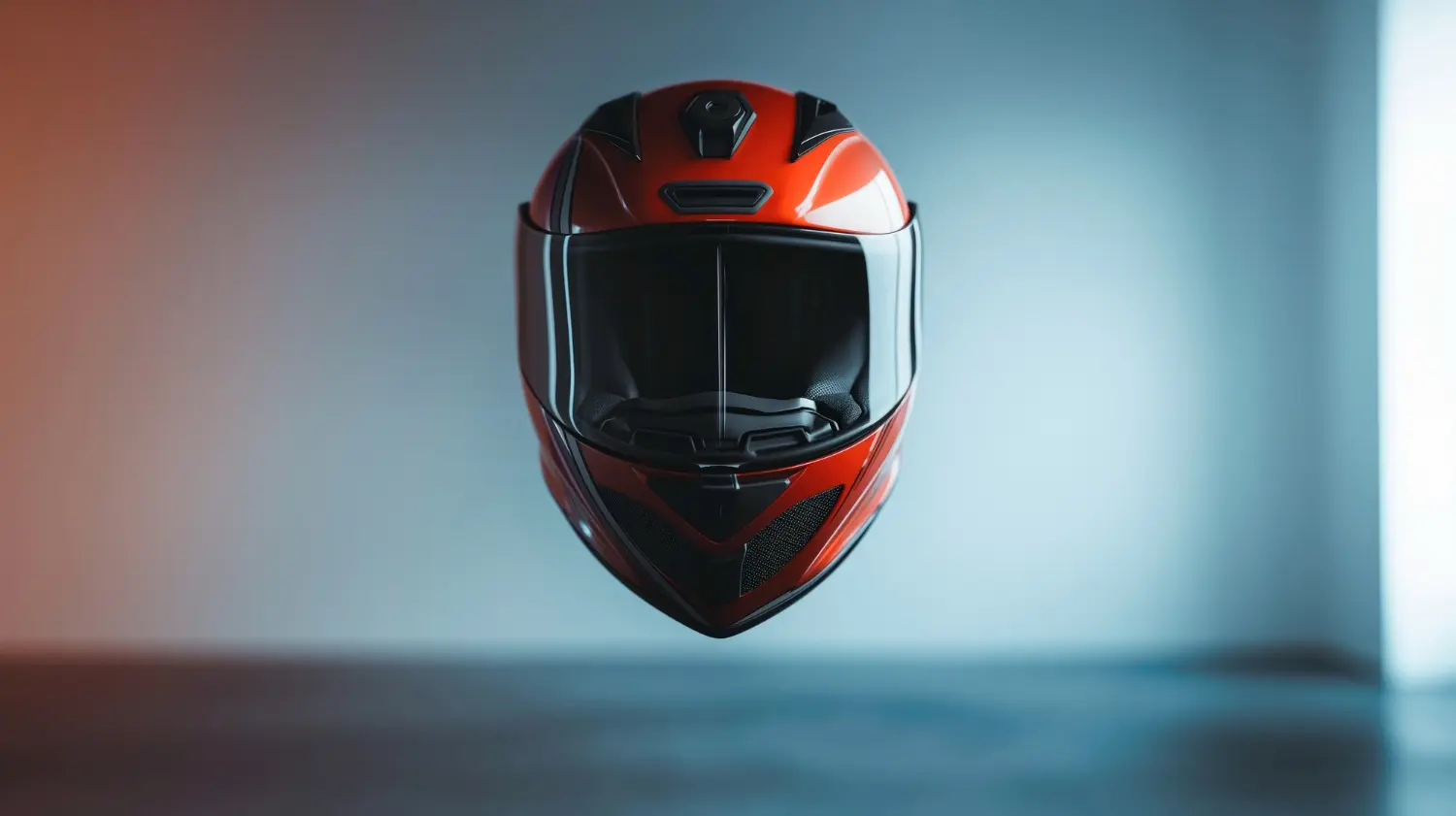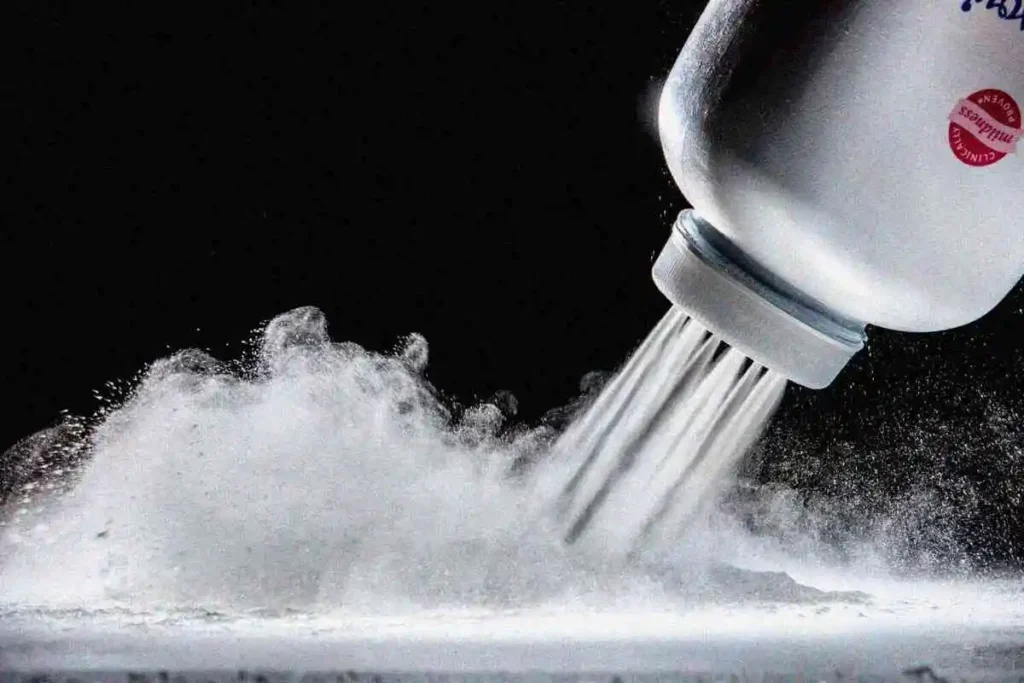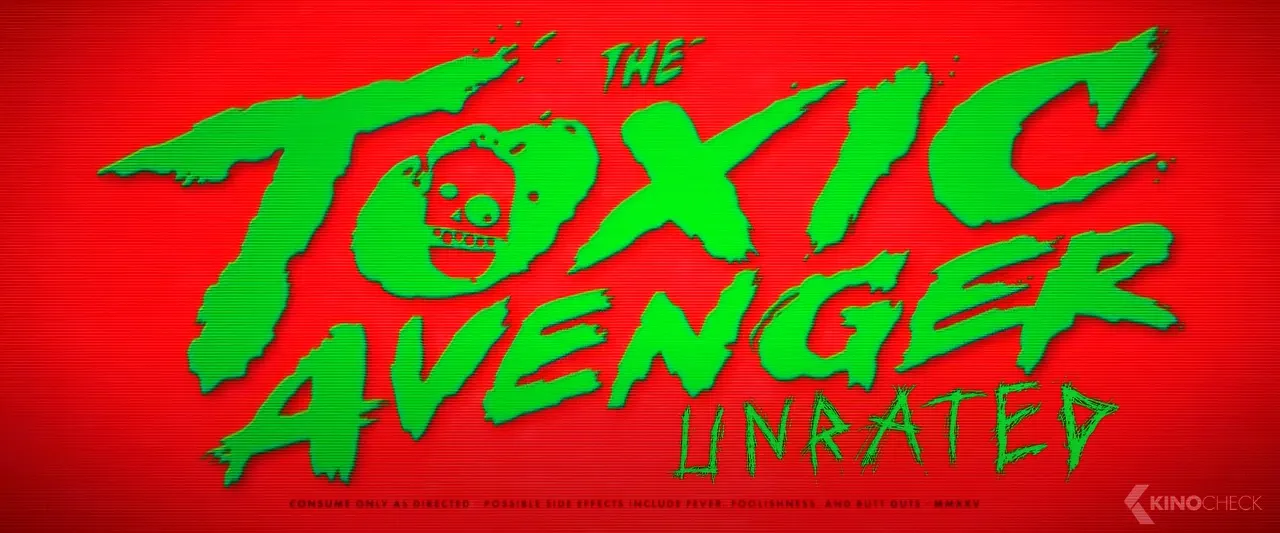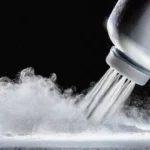Now Reading: Helmet Safety Ratings: Your 2025 Guide to Safe Riding
-
01
Helmet Safety Ratings: Your 2025 Guide to Safe Riding
Helmet Safety Ratings: Your 2025 Guide to Safe Riding

Discover 2025 helmet safety ratings for motorcycles, bicycles, and more. This guide covers DOT, ECE, SHARP, and Snell standards, helping you choose the safest helmet. Learn about testing, styles, and tips for a secure ride. Stay protected with the latest 2025 helmet safety ratings. Choose the best helmet for your ride with confidence.
Helmets save lives. For instance, whether you ride a motorcycle, bicycle, or motorbike, a good helmet is essential. But how do you know which helmet is safe?
That’s where helmet safety ratings come in. Specifically, these ratings show how well a helmet protects your head.
In 2025, safety standards are stricter than ever. Therefore, this guide explains motorcycle helmet safety ratings, bike helmet safety ratings, motorbike helmet safety ratings, and bicycle helmet safety ratings.
Additionally, we’ll cover DOT certified motorcycle helmets, SHARP helmet ratings, and more. By the end, you’ll know how to pick the safest helmet for your ride.
Why Helmet Safety Ratings Matter
Helmets are not just accessories. In fact, they protect your head during crashes. For example, a helmet with a high safety rating can reduce injury risk.
According to studies, helmets cut head injury risks by up to 70%. However, not all helmets are equal. Some pass tough tests, while others meet only basic standards. Consequently, understanding helmet safety ratings is crucial. They help you choose a helmet that offers real protection.
Moreover, safety ratings are backed by science. Experts test helmets for impact resistance, penetration, and strap strength. These tests mimic real-world crashes. For instance, a DOT certified motorcycle helmet must survive drops onto hard surfaces.
Similarly, bicycle helmet safety ratings ensure protection for falls at lower speeds. Thus, knowing these standards helps you ride with confidence.
Understanding Motorcycle Helmet Safety Ratings
Motorcycle helmets face tough tests. Why? Because riders travel at high speeds. As a result, a crash can be deadly without proper protection. Let’s explore the main motorcycle helmet safety ratings in 2025.
DOT Certified Motorcycle Helmets
The DOT (Department of Transportation) rating is the U.S. standard. Every helmet sold in the U.S. must be DOT certified. Specifically, this means it passes tests for:
- Impact resistance: The helmet absorbs shock to protect your head.
- Penetration: Sharp objects can’t pierce the shell.
- Retention: The chin strap keeps the helmet secure.
- Vision: You get at least 105 degrees of peripheral vision.
However, DOT is a minimum standard. Some experts say it’s not enough for high-speed riding. Still, a DOT on helmet sticker ensures basic safety. Therefore, always check for this label inside or on the back of the helmet.
ECE 22.06: The Global Standard
The ECE 22.06 standard is used in over 50 countries, including Europe. It’s tougher than DOT. In 2025, ECE 22.06 includes new tests for:
- Rotational impacts: These protect against brain injuries from twisting forces.
- High- and low-speed impacts: Ensures safety in different crash scenarios.
- Accessory safety: Visors and intercoms must not weaken the helmet.
For example, the AGV K6S helmet exceeds ECE 22.06 by 36%. It’s lightweight and safe for all types of riding. Consequently, if you ride internationally, an ECE-certified helmet is a smart choice.
SHARP Helmet Ratings
The SHARP (Safety Helmet Assessment and Rating Programme) system is unique. It doesn’t certify helmets but rates them from 1 to 5 stars. For instance, SHARP tests helmets bought from stores to ensure real-world accuracy. In 2025, SHARP focuses on:
- Impact zones: Tests five areas of the helmet for weaknesses.
- Real-world crashes: Simulates common accident scenarios.
- Comfort and vision: Ensures helmets are practical to wear.
A 5-star SHARP helmet offers top protection. For example, the Ruroc AT4.0 Track earned high SHARP ratings in 2025 for its RHEON technology, which reduces rotational forces. Therefore, always check SHARP ratings online before buying.
Snell Certification
The Snell Memorial Foundation sets voluntary standards. Snell tests are stricter than DOT and ECE. In 2025, the M2025 standard includes:
- Heavy retention tests: Straps hold up under extreme stress.
- Penetration resistance: Protects against sharp objects.
- Chin bar tests: Ensures full-face helmets stay strong.
Snell is popular among racers. However, some argue it’s too strict for casual riders, as it may prioritize heavy-duty protection over comfort. Still, a Snell-certified helmet is a mark of quality.
FIM: For Professional Racers
The FIM (Fédération Internationale de Motocyclisme) standard is for pro racers. It’s the toughest rating, designed for high-speed crashes. For instance, FIM tests focus on:
- Rotational forces: Reduces brain injury risks.
- High-speed impacts: Simulates track accidents.
- Emergency removal: Ensures helmets can be safely removed.
FIM helmets, like certain Arai models, are ideal for track days but may be overkill for daily rides.
Table 1: Comparison of Motorcycle Helmet Safety Ratings (2025)
| Rating | Region | Key Tests | Best For |
| DOT | USA | Impact, penetration, retention, vision | Basic protection, legal in U.S. |
| ECE 22.06 | Global | Rotational impact, high/low-speed tests | All-around riding, international travel |
| SHARP | UK | 1-5 star rating, real-world tests | Comparing helmet safety |
| Snell | Global | Heavy retention, penetration, chin bar | Racing, high-performance riding |
| FIM | Global | Rotational forces, high-speed impacts | Professional racing |
Bicycle Helmet Safety Ratings
Bicycle helmets are different. They’re designed for lower-speed falls, not high-speed crashes. Consequently, in 2025, bicycle helmet safety ratings focus on comfort and impact absorption. Let’s break it down.
CPSC Standard
The CPSC (Consumer Product Safety Commission) is the U.S. standard for bike helmets. All helmets sold in the U.S. must meet CPSC requirements. Specifically, these include:
- Impact absorption: Protects against falls onto pavement.
- Strap strength: Keeps the helmet in place.
- Fit: Ensures a snug, comfortable fit.
CPSC is similar to DOT but tailored for cycling. Therefore, always look for a CPSC sticker inside your bike helmet.
Virginia Tech STAR Ratings
The Virginia Tech Helmet Lab rates bike helmets using a STAR system. In 2025, they updated their tests to focus on:
- Rotational injuries: Reduces brain damage from twisting impacts.
- Multiple impact zones: Tests different parts of the helmet.
- Real-world scenarios: Simulates common bike crashes.
For instance, Virginia Tech recommends 4- and 5-star helmets. In 2025, some previously 5-star helmets dropped due to stricter tests. Therefore, check their website for the latest ratings.
MIPS Technology
Many bike helmets now use MIPS (Multi-directional Impact Protection System). This technology adds a low-friction layer inside the helmet. As a result, it reduces rotational forces during a crash. In 2025, MIPS is common in high-rated helmets, like those from Bell and Giro.
Table 2: Comparison of Bicycle Helmet Safety Ratings (2025)
| Rating | Region | Key Features | Best For |
| CPSC | USA | Impact absorption, strap strength | Basic cycling safety |
| Virginia Tech STAR | Global | Rotational injury protection, STAR ratings | Comparing bike helmets |
| MIPS | Global | Reduces rotational forces | Enhanced safety for all riders |
Motorbike Helmet Safety Ratings
Motorbike helmet safety ratings are similar to motorcycle ratings. Why? Because motorbikes, like scooters and mopeds, face similar risks. For example, in 2025, motorbike helmets must meet ECE 22.06 or DOT standards, depending on the region. Specifically:
- ECE 22.06 is common in Europe and Asia. It ensures helmets handle low-speed impacts, perfect for urban riding.
- DOT is required in the U.S. for motorbikes on public roads.
Additionally, SHARP helmet ratings apply to motorbike helmets. A 5-star SHARP-rated helmet, like the Shark Aeron, is ideal for city commuters. It’s light, comfortable, and safe.
Ski Helmet Safety Ratings
Ski helmets are less regulated but still vital. Consequently, in 2025, ski helmet safety ratings focus on low-speed impacts and cold-weather durability. Key standards include:
- EN 1077: The European standard for ski helmets. It tests impact resistance and penetration.
- ASTM F2040: The U.S. standard, similar to EN 1077 but with stricter strap tests.
For instance, many ski helmets also use MIPS for added protection. Smith’s 2025 ski helmets combine MIPS with EN 1077 certification for top safety. Therefore, always choose a helmet with both standards for skiing.
Motorcycle Helmet Styles and Safety
Helmets come in different styles. Each affects safety and comfort. Consequently, here are the main motorcycle helmet styles in 2025:
- Full-face: Covers your entire head. Offers the best protection. Ideal for high-speed riding.
- Modular: Has a flip-up chin bar. Great for versatility but less safe when open.
- Open-face: Covers the top and sides but not the chin. Good for casual rides but less protective.
- Half-shell: Covers only the top. Least safe, even if DOT certified.
For maximum safety, choose a full-face helmet with a high SHARP helmet rating or Snell certification.
How to Choose the Safest Helmet
Picking a safe helmet is easy if you follow these steps:
- Check certifications: Look for DOT, ECE 22.06, or Snell stickers. For bikes, ensure CPSC or Virginia Tech STAR ratings.
- Fit matters: A helmet should be snug but not tight. Shake your head—it shouldn’t move.
- Consider MIPS: For bikes and skis, MIPS adds extra protection.
- Replace after crashes: Even if it looks fine, a crashed helmet may not protect you again.
- Check SHARP ratings: For motorcycles and motorbikes, aim for 4- or 5-star SHARP helmet ratings.
- Update every 5 years: Materials degrade over time. Replace helmets regularly.
Common Myths About Helmet Safety
Let’s clear up some myths:
- Myth: A DOT helmet is always enough.
Truth: DOT is a minimum standard. For instance, ECE or Snell offers better protection. - Myth: Expensive helmets are always safer.
Truth: Price doesn’t guarantee safety. Therefore, check ratings like SHARP or Virginia Tech. - Myth: A used helmet is fine.
Truth: Used helmets may have hidden damage. Consequently, always buy new.
The Future of Helmet Safety in 2025
In 2025, helmet safety is advancing. For instance, new technologies like RHEON and MIPS reduce brain injuries. SHARP helmet ratings are more detailed, with real-world testing.
Additionally, smart helmets with HUDs (heads-up displays) are gaining popularity. These show speed and navigation without distracting you.
Moreover, ECE 22.06 now tests for rotational impacts, making helmets safer. Bike helmets are also improving, with Virginia Tech’s updated STAR ratings pushing manufacturers to innovate.
Conclusion: Ride Safe with the Right Helmet
Your helmet is your shield. For instance, whether you ride a motorcycle, motorbike, bicycle, or ski, choosing the right one matters. Helmet safety ratings like DOT, ECE 22.06, SHARP, and Virginia Tech STAR guide you to the safest options.
In 2025, technology like MIPS and RHEON makes helmets even better. Therefore, check certifications, ensure a snug fit, and replace helmets after crashes or every 5 years.
With this guide, you can pick the most safe motorcycle helmet or bike helmet for your needs. Ride smart, stay safe!
FAQs
The most safe motorcycle helmet depends on your needs. For instance, a full-face helmet with a 5-star SHARP helmet rating or Snell certification, like the Ruroc AT4.0 Track, offers top protection.
DOT certified motorcycle helmets meet U.S. standards. However, they’re a minimum requirement. For better protection, choose helmets with ECE 22.06 or Snell certification.
Visit the SHARP website. They list SHARP helmet ratings from 1 to 5 stars. Consequently, aim for 4- or 5-star helmets for the best safety.
MIPS isn’t mandatory but highly recommended. For example, it reduces rotational forces during crashes, making bicycle helmet safety ratings higher.
Replace your helmet every 5 years or after a crash. Materials wear out, so a new helmet ensures the best helmet safety ratings.

Ethan Cole is an American journalist with expertise across weather, tech, travel, and culture. With over 15 years of experience, he delivers sharp, reader-friendly stories that simplify complex topics and connect with audiences worldwide.
Stay Informed With the Latest & Most Important News
Previous Post
Next Post
-
 01Happy Gilmore 2: Your Complete Guide to the Golf Comedy Sequel
01Happy Gilmore 2: Your Complete Guide to the Golf Comedy Sequel -
 02Joe Root’s Test Runs: England’s Batting Genius in Focus
02Joe Root’s Test Runs: England’s Batting Genius in Focus -
 03The Bad Guys 2 (2025): Everything We Know So Far
03The Bad Guys 2 (2025): Everything We Know So Far -
 04Demon Slayer: Kimetsu no Yaiba The Movie: Infinity Castle Tickets – Your Guide to the Epic Anime Event
04Demon Slayer: Kimetsu no Yaiba The Movie: Infinity Castle Tickets – Your Guide to the Epic Anime Event -
 05RTX 50 Series Unleashed: Next-Gen Gaming Power Awaits!
05RTX 50 Series Unleashed: Next-Gen Gaming Power Awaits! -
 06The Naked Gun 2025: What to Know About the Comeback Comedy Starring Liam Neeson
06The Naked Gun 2025: What to Know About the Comeback Comedy Starring Liam Neeson -
 07Sensory Clothing for Kids: What Every Parent Needs to Know
07Sensory Clothing for Kids: What Every Parent Needs to Know














